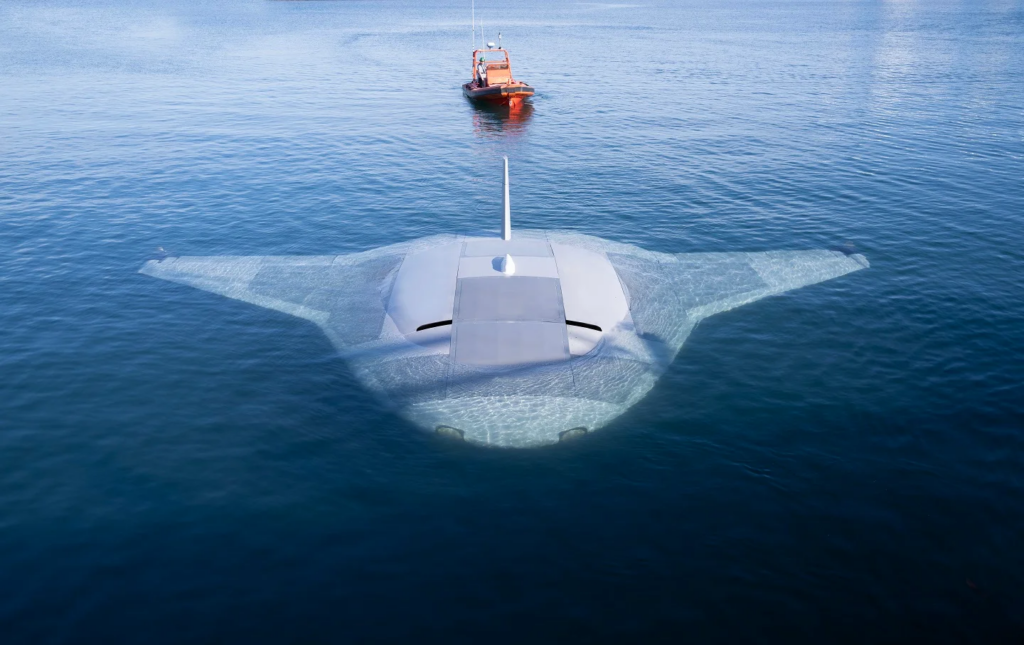The future of naval defense is evolving beneath the oceans’ waves. The United States and Australia unveiled their latest advancements in undersea drone technology. These un-crewed underwater vehicles (UUVs), named Ghost Shark and Manta Ray respectively, are considerable advancements in autonomous maritime warfare that could vastly expand surveillance, reconnaissance, and strike capabilities without endangering human lives.
What’s Happening & Why This Matters
Developed by Australia and Anduril, Ghost Shark is touted as one of the most advanced undersea autonomous vehicles. It offers stealthy, long-range operations capable of persistent intelligence, surveillance, reconnaissance (ISR), and strike missions. The first production models are expected by the end of next year. Created by Northrop Grumman for the US, the Manta Ray prototype has been tested off Southern California. Its modular design allows for easy transport, assembly, and deployment, enhancing its operational flexibility. Emma Salisbury from the British Council on Geostrategy notes, “These UUVs are designed for persistent intelligence and reconnaissance, essential for modern anti-submarine warfare. Their modularity allows for a versatile approach to various mission sets.”

Both UUVs mark a leap in naval defense tech similar to how aerial drones revolutionized air warfare. They offer a way to exert power in the undersea theatre while minimizing human risk. Australia’s Ghost Shark program is particularly notable for its speed and efficiency, moving from concept to testing in just two years. This is a new benchmark for defense development. Tanya Monro, Australia’s Chief Defense Scientist states, “Delivering advanced capabilities at unprecedented speeds demonstrates a new era in defense technology.” These drones can perform various missions, from anti-submarine warfare to intelligence gathering, thanks to their modular payload sections. This flexibility is crucial for adapting to different operational needs.

Impact
The Ghost Shark will provide the Australian Navy with a stealthy, autonomous platform for undersea warfare. Its long-range capabilities enable extensive surveillance and reconnaissance missions. The Manta Ray’s design allows it to be transported in standard shipping containers and reassembled in the field, conserving its internal energy for mission-critical tasks.
These UUVs are new standards for the military as the highlight rapid development cycles and advanced capabilities that influences future defense projects globally. By enhancing surveillance and strike capabilities, the US and Australia are bolstering strategic positions in the Pacific, a region of increasing geopolitical tension with China, Taiwan, Japan, the Korean Peninsula, and Russia.
TF Summary: What’s Next
As the US and Australia continues to refine undersea and drone technologies, TF expects UUVs to play a crucial role in future naval operations. The both militaries and intelligence organizations will likely integrate drones into broader defense strategies to further their capabilities. Technology sharing with allied nations is a further possibility. Ghost Shark and Manta Ray are now the pinnacle of rapid, efficient development that paves the way for more sophisticated and versatile defense systems.


